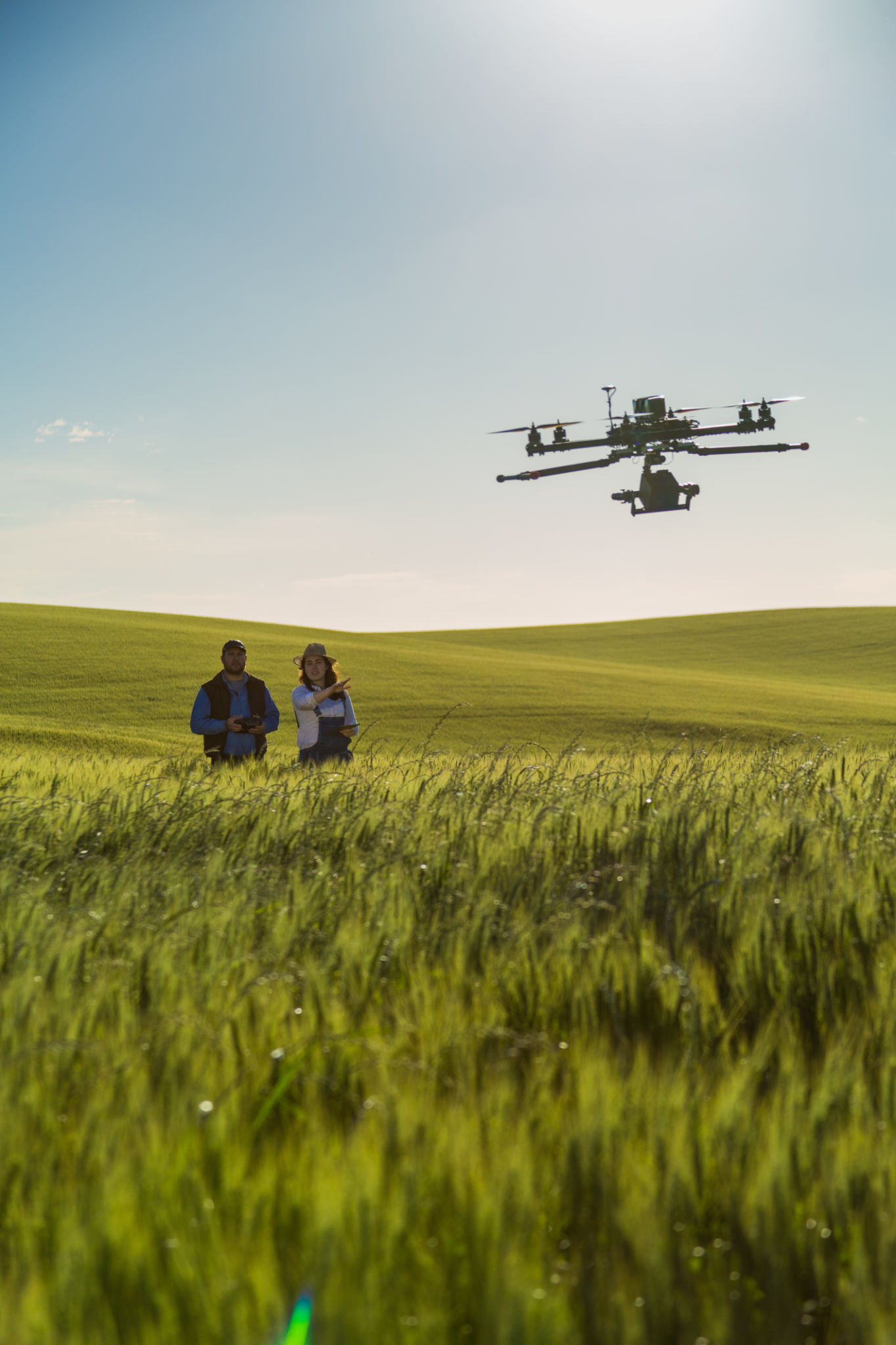Expert Insights: The Future of Aerial Photography and Emerging Trends
Introduction to Aerial Photography
Aerial photography has transformed how we capture the world from above, offering a bird's-eye view that was once exclusive to planes and helicopters. With the advent of drones, this art has become accessible to hobbyists and professionals alike, revolutionizing industries from real estate to cinematography. As technology continues to evolve, so too does the potential for aerial photography. Here, we delve into expert insights on the future of this field and the emerging trends shaping its trajectory.

The Rise of Drone Technology
Drones have been a game-changer in aerial photography, providing cost-effective and versatile solutions for capturing stunning images and videos from the sky. The future promises even more advanced drone technology, with improvements in battery life, flight stability, and camera quality. These advancements will enable photographers to capture high-resolution images over longer periods and in challenging conditions.
Moreover, innovations in autonomous drone flight are on the horizon. This will allow drones to follow pre-programmed flight paths, ensuring consistency and precision in capturing specific scenes or landscapes. Such developments will not only enhance the quality of aerial photography but also expand its applications across various industries.
Emerging Trends in Aerial Photography
As we look to the future, several trends are emerging in aerial photography that promise to reshape how we perceive and utilize this medium. One notable trend is the integration of artificial intelligence (AI) in drone technology. AI algorithms can analyze images in real-time, optimizing camera settings and assisting in capturing the perfect shot.

Another exciting trend is the use of 360-degree cameras on drones. These cameras provide immersive experiences, allowing viewers to navigate through captured scenes as if they were flying alongside the drone. This trend is gaining popularity in virtual reality (VR) applications, offering new ways for audiences to experience places and events from a unique perspective.
Environmental and Ethical Considerations
As aerial photography becomes more prevalent, environmental and ethical considerations have come to the forefront. The impact of drones on wildlife and privacy concerns are becoming increasingly important discussions. Photographers are encouraged to adopt responsible practices, such as avoiding sensitive habitats and respecting personal privacy when capturing images.

Regulations around drone usage are also evolving, with many countries implementing stricter guidelines to ensure safety and privacy. Staying informed about these regulations is crucial for anyone involved in aerial photography, as compliance ensures the responsible use of technology while protecting both people and nature.
Future Applications and Opportunities
The future of aerial photography is filled with opportunities for innovation and application across various fields. In agriculture, drones are being used for crop monitoring and analysis, providing farmers with detailed insights into crop health and yield predictions. In construction, aerial photography assists in project planning and progress tracking, offering a comprehensive view of sites from above.
Meanwhile, the entertainment industry continues to push the boundaries of what is possible with aerial photography. From breathtaking movie sequences to live event coverage, drones offer dynamic perspectives that captivate audiences worldwide. As technology advances, we can expect even more creative applications that challenge traditional media formats.
Conclusion: Embracing the Sky
Aerial photography is poised for significant growth and transformation as technology advances and new trends emerge. With innovations in drone technology, AI integration, and immersive experiences, the possibilities for capturing the world from above are expanding rapidly. As photographers embrace these changes, they will continue to redefine how we connect with our environment and each other through the lens of a camera.
